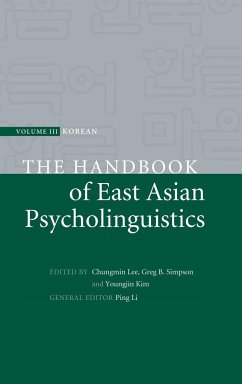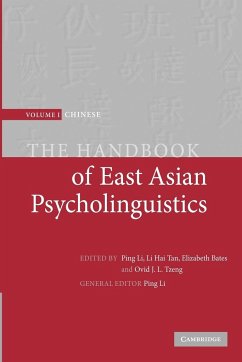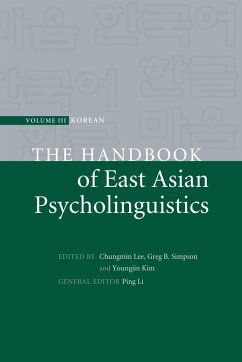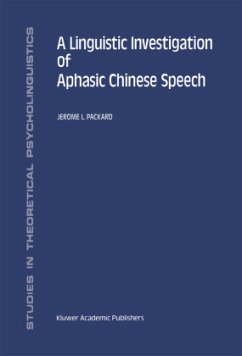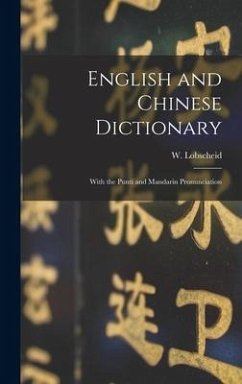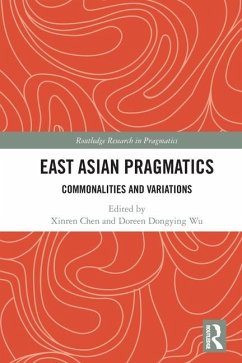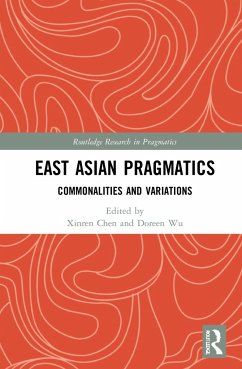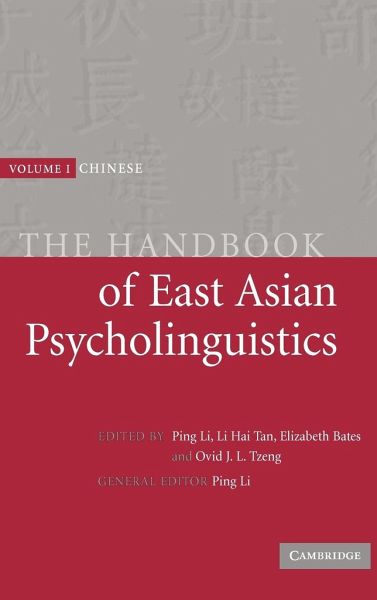
The Handbook of East Asian Psycholinguistics, Volume 1
Chinese
Herausgegeben von Li, Ping; Tan, Li Hai; Bates, Elizabeth; Tzeng, Ovid J. L.

PAYBACK Punkte
97 °P sammeln!
A large body of knowledge has accumulated on the cognitive processes and brain mechanisms underlying language. Much of this knowledge has come from studies of Indo-European languages, in particular English. Chinese, spoken by one-fifth of the world's population, differs significantly from most Indo-European languages in its grammar, its lexicon, and its written and spoken forms - features which have profound implications for the learning, representation and processing of language. This handbook, first published in 2006 as the first in a three-volume set on East Asian psycholinguistics, present...
A large body of knowledge has accumulated on the cognitive processes and brain mechanisms underlying language. Much of this knowledge has come from studies of Indo-European languages, in particular English. Chinese, spoken by one-fifth of the world's population, differs significantly from most Indo-European languages in its grammar, its lexicon, and its written and spoken forms - features which have profound implications for the learning, representation and processing of language. This handbook, first published in 2006 as the first in a three-volume set on East Asian psycholinguistics, presents a discussion of the psycholinguistic study of Chinese. With contributions by over fifty leading scholars, it covers topics in first- and second-language acquisition, language processing and reading, language disorders in children and adults, and the relationships between language, brain, culture, and cognition. It will be invaluable to all scholars and students interested in the Chinese language, as well as cognitive psychologists, linguists, and neuroscientists.





